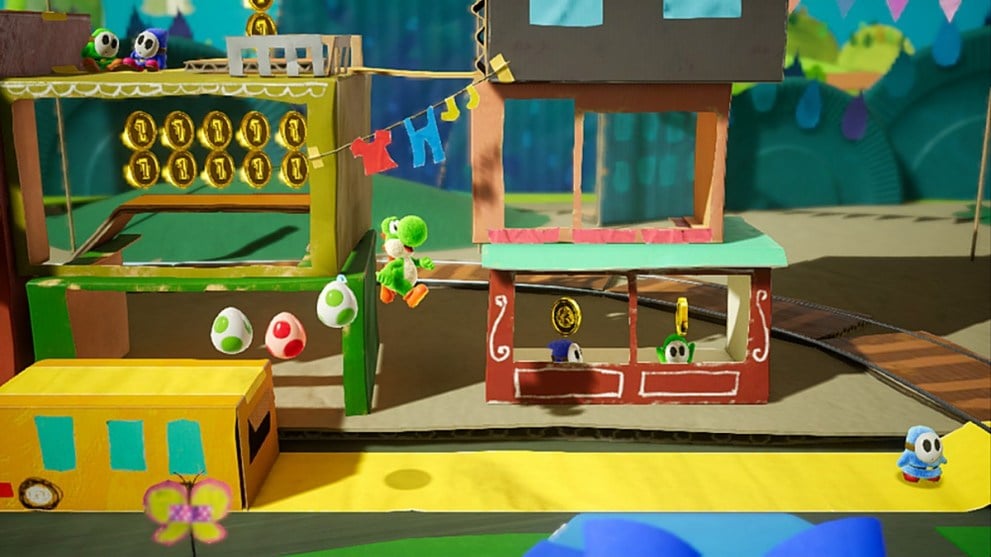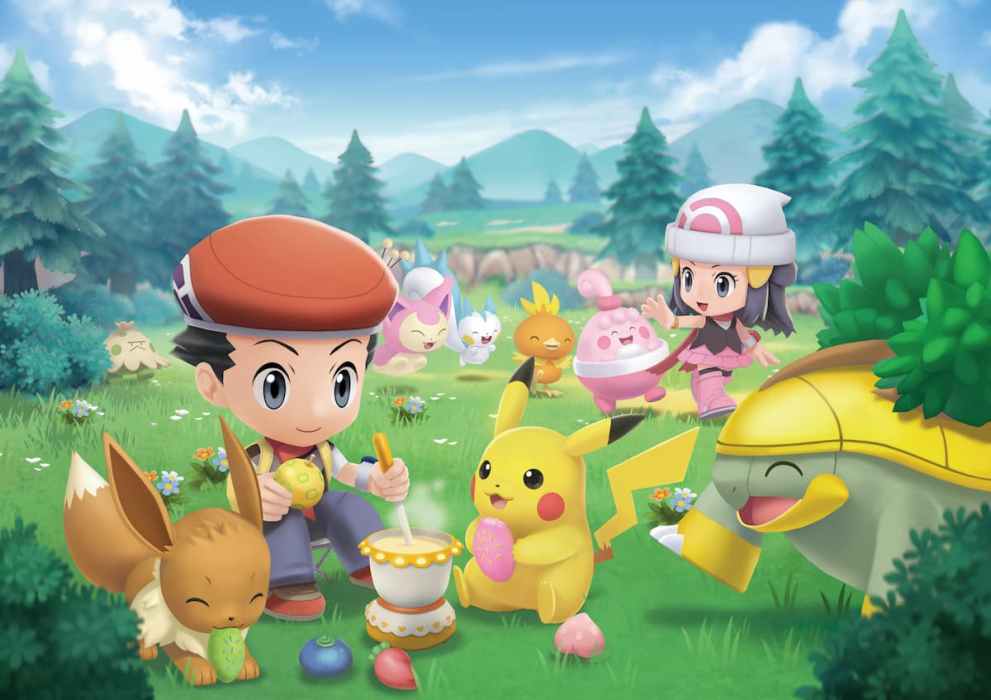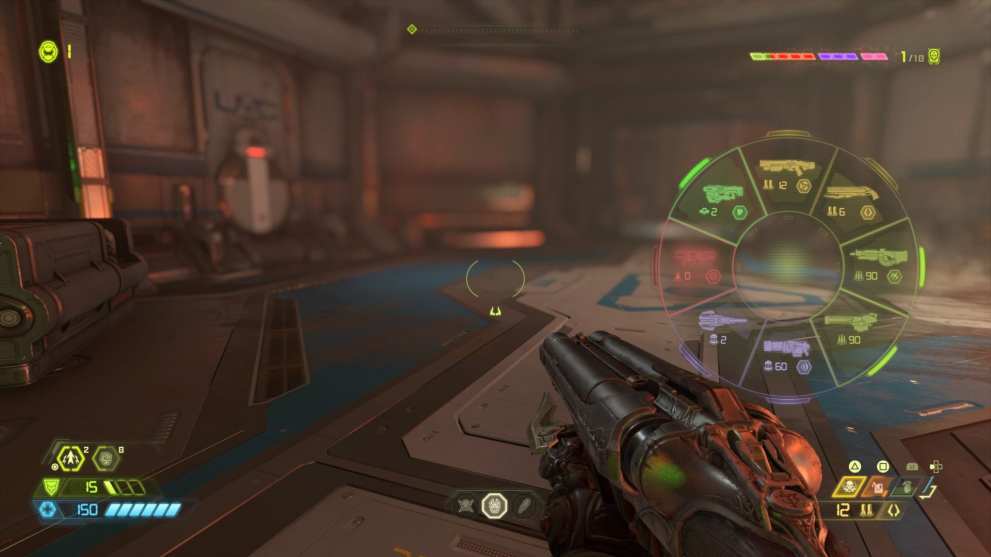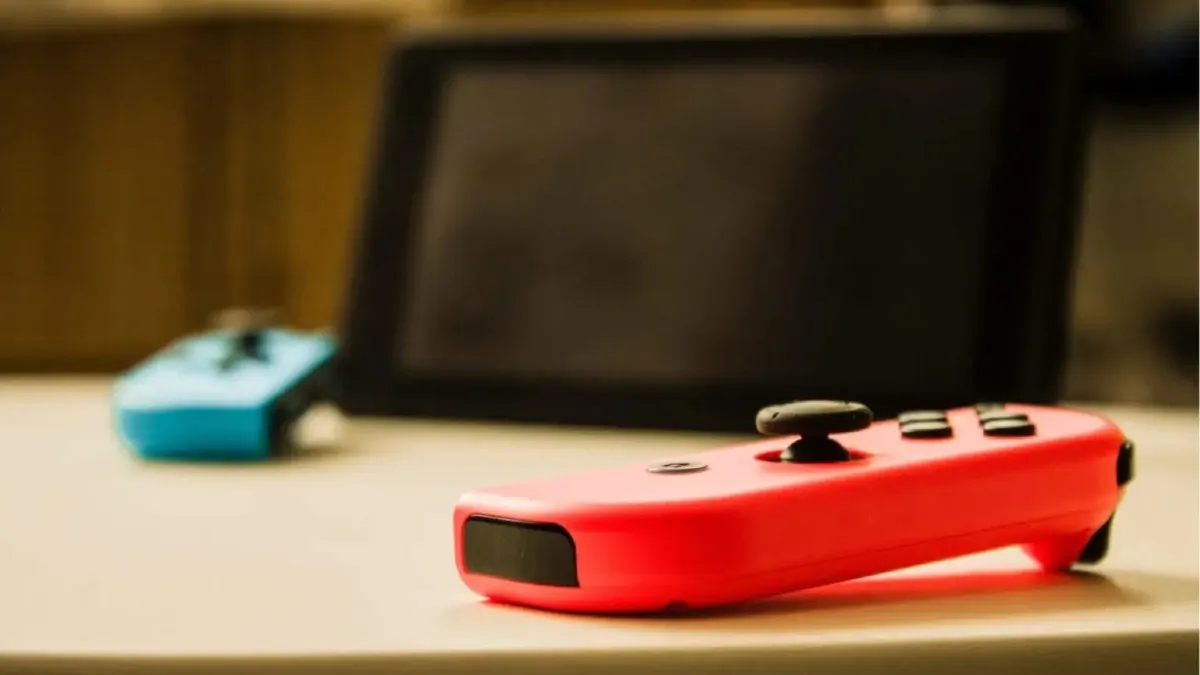Nintendo shocked us with the Switch’s launch in 2017, but the hybrid design of the console has, in its wake, left behind Nintendo’s profitable handheld hardware. While the hybrid model has been hugely successful, Nintendo has traded this at great cost. By committing to the hybrid hardware factor, Nintendo is now unable to diversify and could ‘go down with the ship’ should they fail.
The Switch Lite is a tremendous system, however the existence of the hybrid model of Switch detracts from its appeal. In our Switch Lite review, we state how one of the biggest detractors of the handheld is purely the simple existence of its hybrid ‘big brother’:
“I don’t mind being confined to the smaller screen, but the biggest disadvantage is that you can’t just drop your Switch in the dock to charge and play at the same time.”
Omar Banat, ‘Nintendo Switch Lite Review – The Luminary of Handheld Gaming’
‘All Your Eggs in One Basket’ – Nintendo Forced to Bet on One Console

The Switch’s Great Success
It may seem peculiar now, in a world dominated by the commercial success of the Nintendo Switch, but a hybrid system used to be all but a dream. From 2017, Nintendo has pioneered the console space and consolidated both their highly-successful console and handheld markets.
While Nintendo is smart to offer dedicated handheld variations of the console, they’re effectively betting all their success on the popularity of one system. The Switch has sold and will continue to sell gangbusters, but history proves that even Nintendo isn’t infallible.
As per Nintendo’s own financial data, the Nintendo Switch has—as of March 31, 2024—sold 141.32 million units. That’s an obscene amount of consoles sold, making it third best-selling console of all time. However, Nintendo can’t always be so successful. In such cases, having another revenue stream through another piece of hardware is paramount to Nintendo’s long-term survival and success.
The Switch’s Success Compared to the Past
Only the generation prior, Nintendo’s previous home console, the Wii U, sold a relatively minute amount of 13.56 million units. However, luckily, the 3DS handheld was able to take up some of the slack from the Wii U’s failure. Selling 75.94 million, it brought the generation’s total amount of consoles sold to a much more respectable 89.5 million.
But what if the Switch is just the beginning of Nintendo’s success? Well, then what about if Nintendo could sell two highly-successful pieces of hardware, like in the seventh console generation? The Wii may have been lambasted for catering to a casual video game market, but boy did it sell: 101.63 million units, in fact.
While most consoles pale in comparison to the Nintendo Switch’s overwhelming sales figures, even the Switch’s 141.32 million units is lower than their own highest. The Nintendo DS, the handheld sold alongside the already hugely successful Wii, sold an even greater 154.02 million.
The argument can clearly be made for the consolidation of Nintendo’s handheld and home console markets into one system. However, the potential profit which can be seen as a success in both camps is astronomical.
While the Switch sold 141.32 million, the Wii and DS combined sold a gargantuan 255.65 million.
Gamers’ Love of the Hybrid Model
Unfortunately, it doesn’t seem as though Nintendo could revert back to its more balanced approach even if it wanted to. Gamers are unwilling to give up on the hybrid factor now that they have it in their hands (and on their TVs). The convenience and form-factor of the Switch family of systems is undeniable. As epitomized by the thoughts of Reddit user ‘Iwantmorelife’ on r/nintendo:
‘Huh? Pokemon Stopped Evolving!’ – Nintendo Franchises Are Struggling to Jump to Console

Pokemon’s Troubled History on Switch
While the hybrid model doesn’t seem to have made much of a difference in console sales, it has become apparent how some developers are struggling to create games for it. After years of developing for handheld play, the shift to home consoles has come with its own suite of demands.
Most apparent is the issue of price. With developing console games, come the placing of console game prices on the consumer. As such, many developers feel the pressure to develop ‘console standard’ games in series that have thrived on Nintendo’s handhelds.
Case in point is the Pokemon series. Gamers were aware that the Pokemon games were always known to be a similar adventure every time a new generation came around. However, they remained as the powerhouse titles of the Nintendo handhelds they were housed.
Yet, while Pokemon Scarlet and Violet—the most recent titles in the series, and the second generation on the Switch—were well-received, they fell far behind what is expected from a console title.
Twinfinite reviewed the titles relatively favorably in 2022. However, we admitted that despite the fun had with the titles, “the visuals feel rushed and unpolished” and there were “noticeable technical issues”. These issues stretched from framerate problems, glitches, and even full-blown instances of the games crashing.
Compared to this, the handheld titles have been much more highly praised than their console counterparts. By both critics and gamers themselves. In the case of fairness, the two most recent handheld titles were assessed – the less-than-loved X/Y and Sun/Moon.
Pokemon Sword/Shield and Scarlet/Violet, the Switch’s two sets of titles, earned a combined Metacritic critic score of 76 and user score of 4.1. Compare this to the 3DS’ Pokemon X/Y and Sun/Moon’s combined critic score of 87 and user score of 7.6 and the scores speak for themselves.
WarioWare Failing to Find Its Footing
Pokemon isn’t the only series struggling under the weight of the Switch’s lofty console expectations for the franchise. Nintendo’s barmy WarioWare series has often bounced between Nintendo platforms. With its previous entries on handhelds and casual consoles like the Wii, its most recent title still seems out of place.
Warioware: Get It Together! is a solid entry in the franchise. However, in our 2021 review of the title it didn’t shine as brightly as other WarioWare games. Compared to the second-most recent WarioWare game, on Nintendo’s previous handheld the 3DS, it was clear that something was lost.
Rebecca Stone lamented that they “did hope for a little bit more from this Switch title,” and that:
“WarioWare: Gold for the 3DS seemed to have better value with 100 more microgames, full voice acting, and a lower price tag.”
Rebecca Stone, ‘WarioWare: Get It Together! Review – Ware Frenzy Meets Fun’
‘Let Me Help You to See, Slayer’ – Handheld Mode Keeps the Switch from Better Performance

Doom: Eternal’s Switch Compromises
It has been reported that the upcoming Switch revision will lean towards the technical specifications of the eighth console-generation. The power of Nintendo’s upcoming hardware iteration will then be comparable to that of the Xbox One and PlayStation 4.
Considering that the Switch is technically still part of the eighth console generation, alongside its precursor the Wii U, what could the Switch have achieved had it not been hindered by a handheld requirement? Developing for the Switch does mean that there has to be a focus on accommodating handheld play.
Doom: Eternal is a perfect case study. A modern, fast-paced first-person shooter, it thrives on high-performance consoles due to its requirement of twitch reflexes and a high frame rate. It, and its precursor the simply named Doom, perform similarly on Switch. Both seemingly reach a 720p resolution at 30fps in docked mode – the Switch’s most powerful available configuration. While this is not exactly unmanageable, they aren’t ideal conditions for high-paced gaming either.
Tears of the Kingdom’s Astounding Performance
There’s one company that is going to press the most out of the Switch as possible: Nintendo themselves. Yet, lo and behold, The Legend of Zelda: Tears of the Kingdom is a technical marvel. Not just for the Switch’s aging tech, but for the industry as a whole. The overlapping of intricate game systems and dynamic world events showcase the peak of what the Switch can handle.
The art direction for any title is arguably much more important than graphical fidelity. However, it is important to note how the Switch performs. Tears of the Kingdom reportedly achieves a solid 900p image quality as standard. Yet, the game’s pre-rendered cutscenes show a shocking lack of clarity.
If even Nintendo is struggling to achieve what they want with the Switch, how is the hybrid model going to sustain itself going into the future?
Looking to the Future
Nintendo’s next hardware generation is due to be unveiled later this year. As such, the expectation is that it will be a similarly hybrid system. The increased performance will aid developers in attaining their visions for their games on the console. Also, the more time they have with the hybrid concept, then the more they will be able to pump out from it.
The decision may at first seem like a no-brainer from Nintendo coming from the success of the Switch. Yet tides can change, and even Nintendo – the titan of this industry – can topple at any time. Especially with nothing else to lean on in such a case.













Updated: Jun 18, 2024 11:21 am